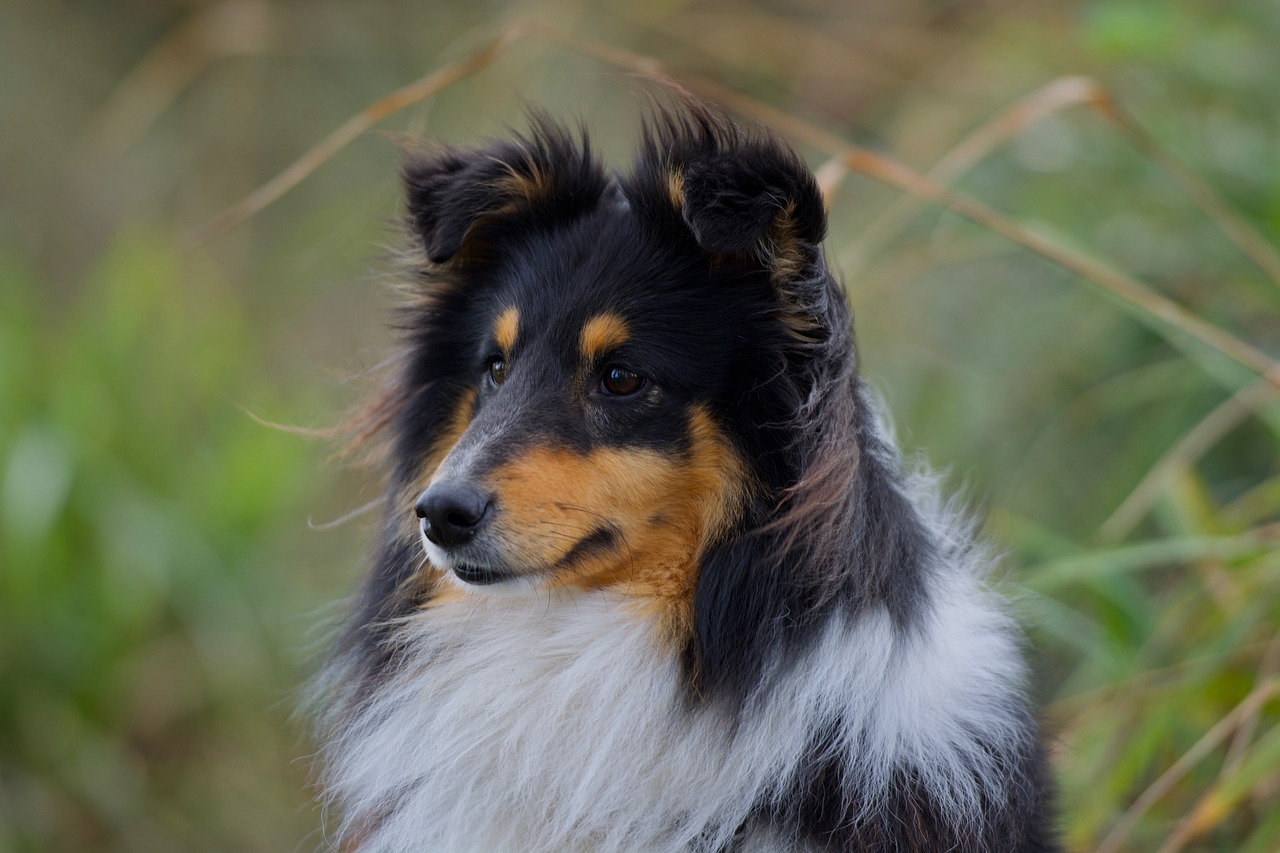The Shetland Sheepdog, affectionately known as a Sheltie, is a small to medium-sized herding dog known for its intelligence, agility, and playfulness. Like all active herding breeds, Shelties require regular exercise to maintain their health and happiness. This article will explore the types and amounts of exercise that are ideal for a Sheltie.
1. Assessing Exercise Requirements for Shelties
Shelties typically need about 60 minutes of exercise per day, which can be broken up into several smaller sessions to match their active and alert nature.
2. Health Benefits of Regular Exercise for Shelties
Regular physical activity is crucial for Shelties to prevent obesity, maintain cardiovascular health, and reduce the risk of behavioral issues. Exercise also helps keep their joints healthy and supports mental well-being.
3. Types of Exercise Suitable for Shelties
Exercise suited to Shelties includes brisk walks, running, herding activities, agility training, and structured play that involves mental engagement. Due to their herding instincts, they often enjoy games that involve chasing and retrieving.
4. The Role of Mental Stimulation
Mental stimulation is as important for Shelties as physical activity. Brain games, trick training, and interactive toys can prevent boredom and keep their minds sharp.
5. Socialization Through Exercise
Shelties benefit from exercise that includes socialization. Group walks, dog park visits, and playdates with other dogs can provide both physical activity and essential social interaction.
6. Adapting Exercise to Your Sheltie’s Age
The exercise needs of a Sheltie will change as they age. Puppies require short, frequent play sessions that don’t overstrain their developing bodies, while seniors need gentle activities to stay mobile without causing discomfort.
7. Weather Considerations for Exercising Your Sheltie
Shelties are adaptable to various climates but should be protected from extreme temperatures. In hot weather, they should exercise during cooler times, and in cold weather, they may appreciate a dog coat or sweater.
8. Recognizing the Signs of Adequate Exercise
A well-exercised Sheltie will be content, display a healthy weight, and have a balanced temperament. An under-exercised Sheltie may exhibit excessive barking, restlessness, or other signs of pent-up energy.
9. Incorporating a Routine in Exercise
Consistency in an exercise routine helps Shelties manage their energy and maintain a sense of security. A routine that includes daily walks, playtime, and training can help regulate their activity levels.
10. Monitoring Your Sheltie’s Health Through Exercise
Regular exercise provides an opportunity to monitor your Sheltie’s health, noting any changes in energy, gait, or enthusiasm for activity, which could indicate health issues.
Conclusion
Shelties are energetic and intelligent dogs that thrive with the right balance of physical and mental exercise. Owners should provide a variety of activities that cater to their Sheltie’s herding instincts and need for engagement. By understanding and meeting the exercise requirements of their Sheltie, owners can ensure a happy and fulfilling life for their canine companion. Always consult with a veterinarian to tailor an exercise program to your Sheltie’s specific needs.
Frequently Asked Questions About Exercising A Sheltie
1. How much exercise do Shelties need?
Shelties are active dogs that typically require around 60 minutes of exercise per day, which can be divided into two or more sessions. Due to their herding heritage, they benefit from a mix of physical activity and mental challenges.
2. What type of exercise is best for a Sheltie?
The best exercises for Shelties include brisk walks, jogging, agility training, and interactive play that encourages mental stimulation. They also enjoy fetch and herding games that simulate their instinctual behaviors.
3. Are Shelties good running partners?
Shelties can be good running partners for short to moderate distances, as long as the pace is not too intense. They enjoy being active and can keep up well, but always monitor their response to ensure they’re not overexerting themselves.
4. Can Shelties participate in agility sports?
Yes, Shelties excel in agility sports due to their intelligence, agility, and eagerness to learn. Agility training is a great way to provide both the physical exercise and mental stimulation they need.
5. How do I know if my Sheltie is getting enough exercise?
A Sheltie getting enough exercise will exhibit a calm and stable demeanor, maintain a healthy weight, and sleep soundly. An under-exercised Sheltie may become restless, exhibit destructive behaviors, or bark excessively.
6. Is it safe for Shelties to play with larger dogs?
Shelties can play with larger dogs, but it should always be closely supervised to ensure they are not accidentally injured due to size differences. Ensure that play is gentle and stop any rough play immediately.
7. How can I provide mental stimulation for my Sheltie during exercise?
Incorporate training into their exercise routine, such as teaching new tricks or practicing obedience commands. Interactive toys and games that require problem-solving can also provide excellent mental stimulation.
8. What precautions should I take when exercising my Sheltie in the heat?
In hot weather, exercise your Sheltie during cooler parts of the day, provide plenty of water, and avoid strenuous activities. Watch for signs of overheating, such as excessive panting or reluctance to move.
9. Do Shelties enjoy swimming?
Some Shelties may enjoy swimming, while others do not. Introduce them to water gradually and always supervise them. Swimming can be a good low-impact exercise option for Shelties if they are comfortable with it.
10. How should I adjust exercise routines for a senior Sheltie?
Senior Shelties may still enjoy exercise but will likely require less intense activities. Shorter, gentle walks and play sessions that are easy on their joints are ideal, and ongoing mental stimulation remains important to keep them engaged.

 Toledo, United States.
Toledo, United States.